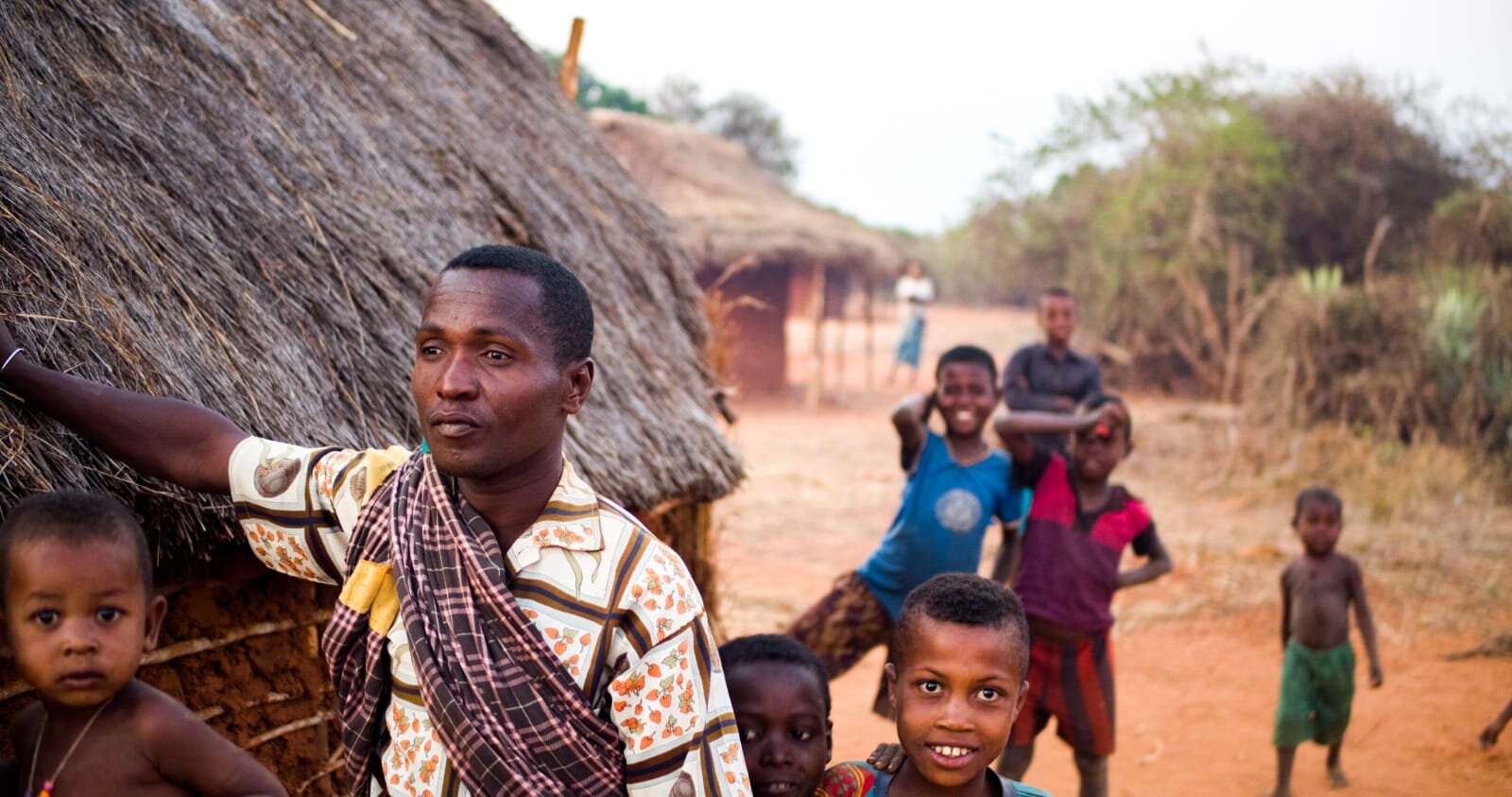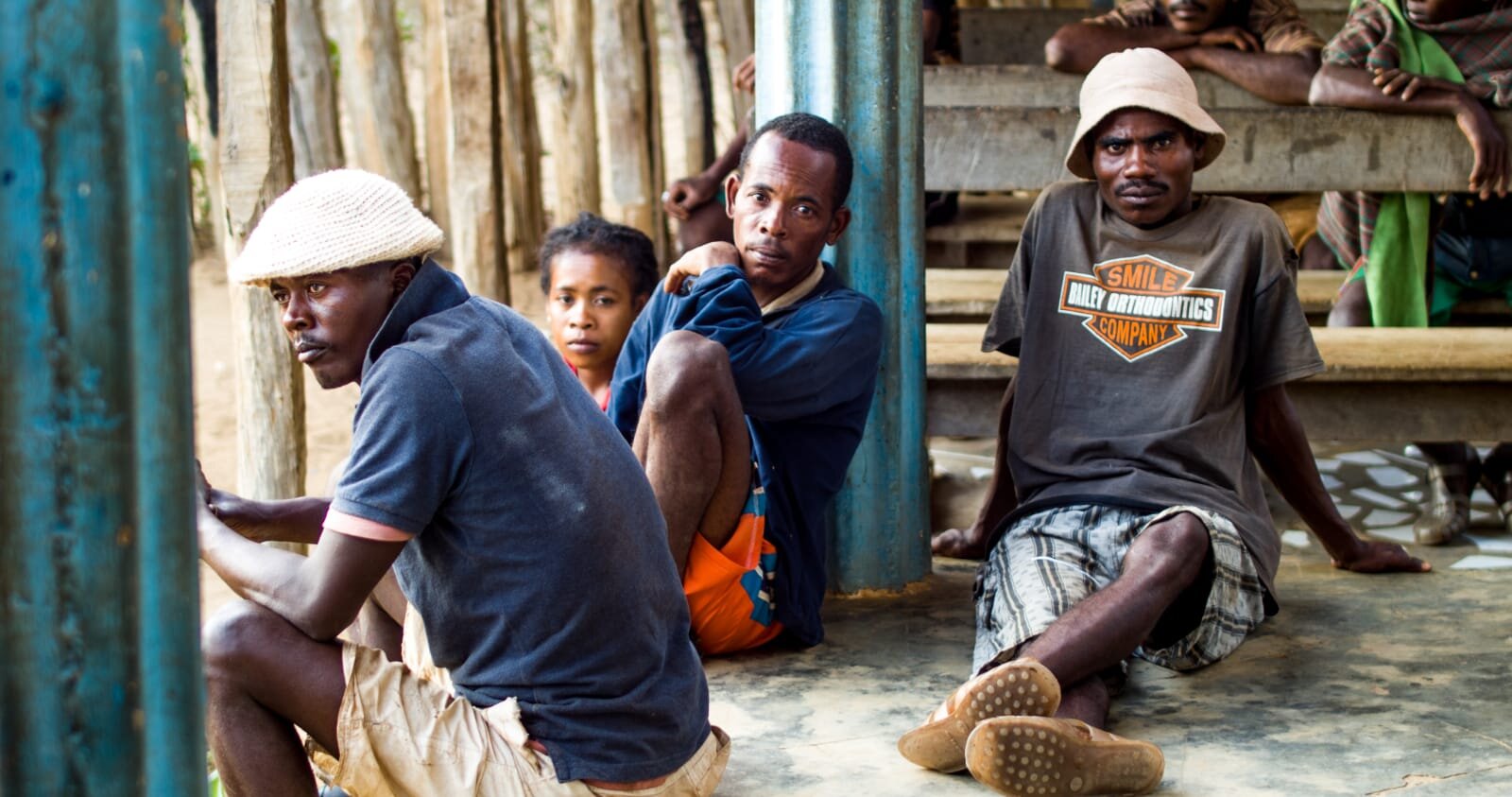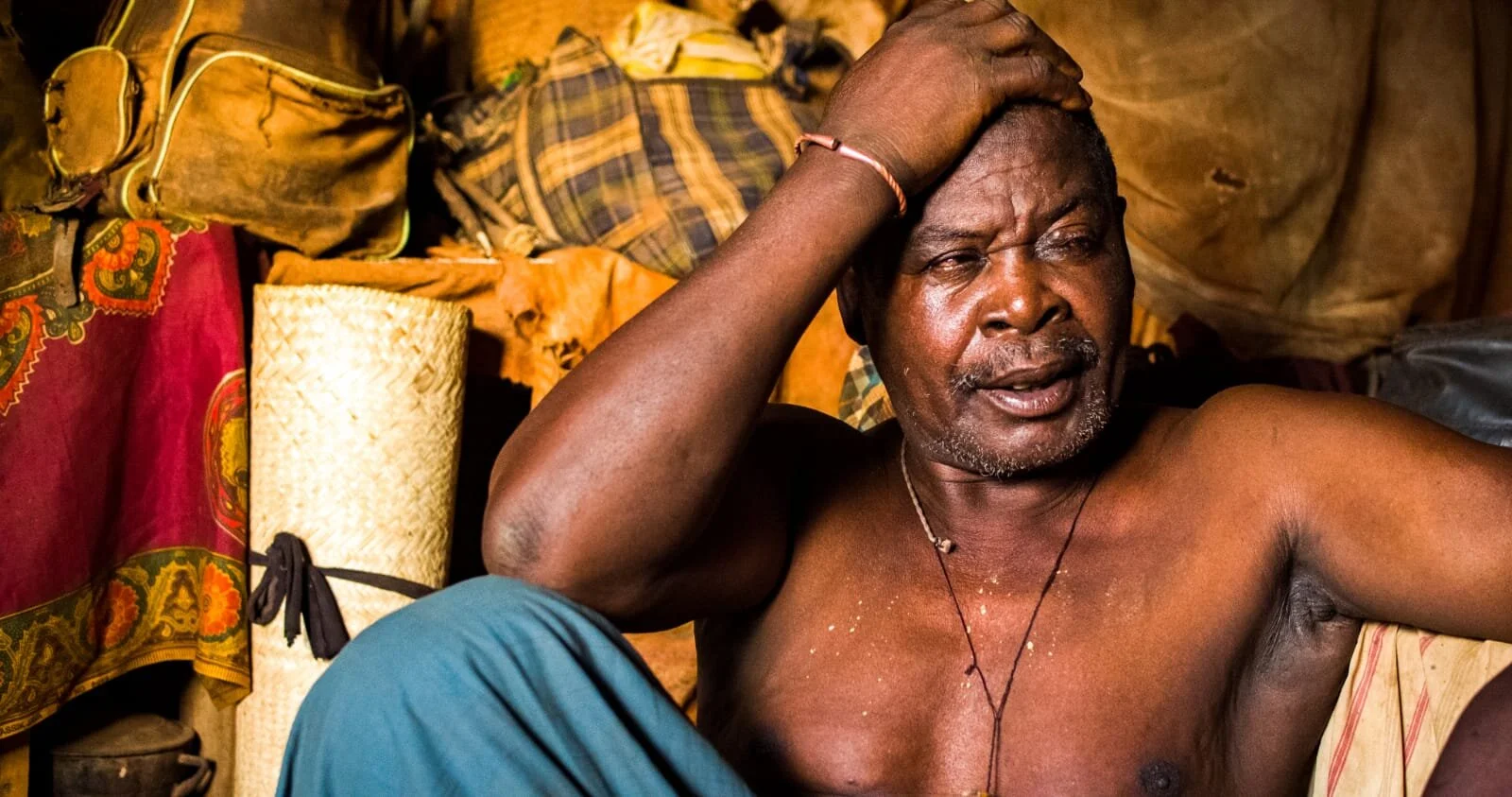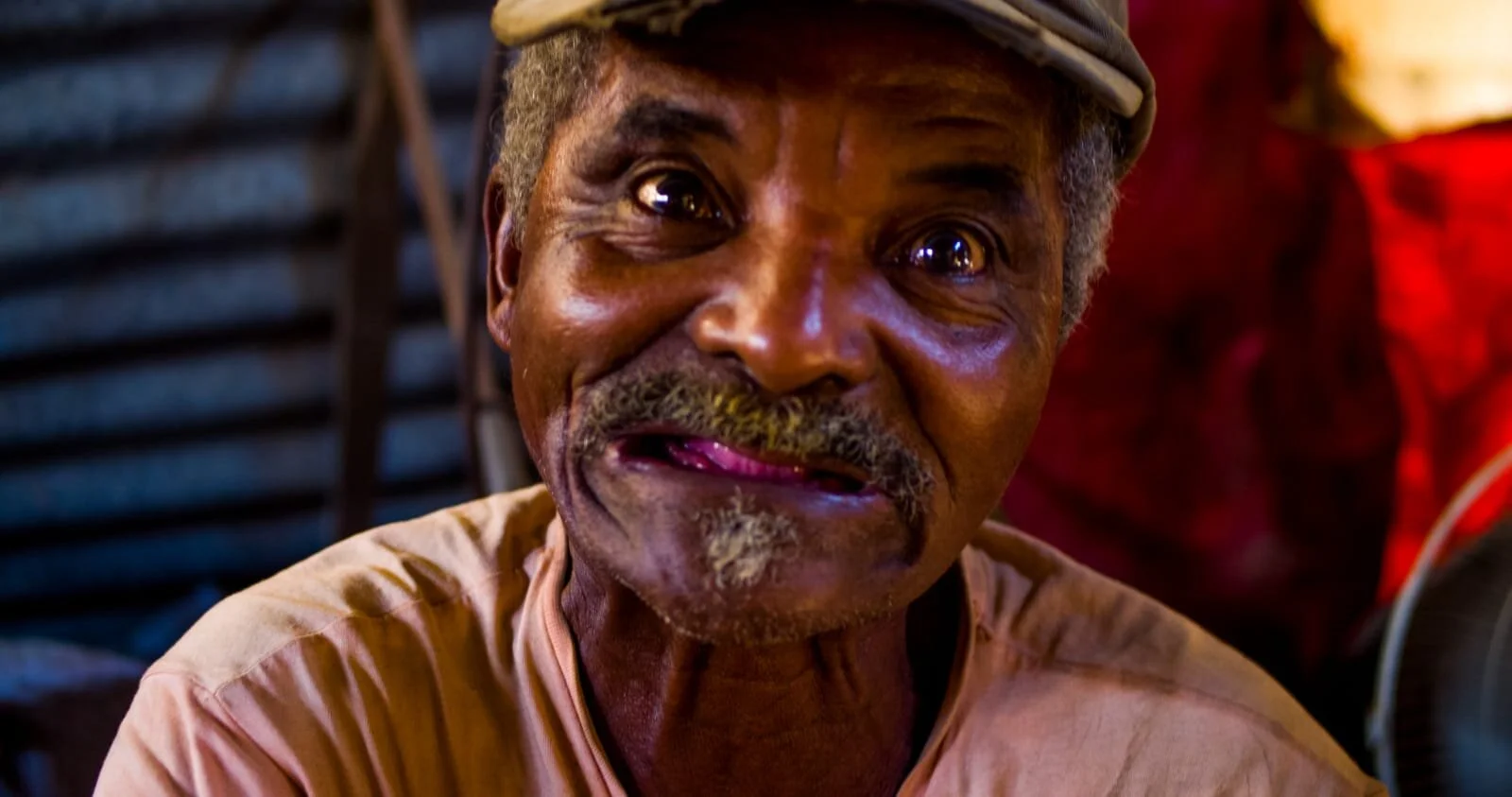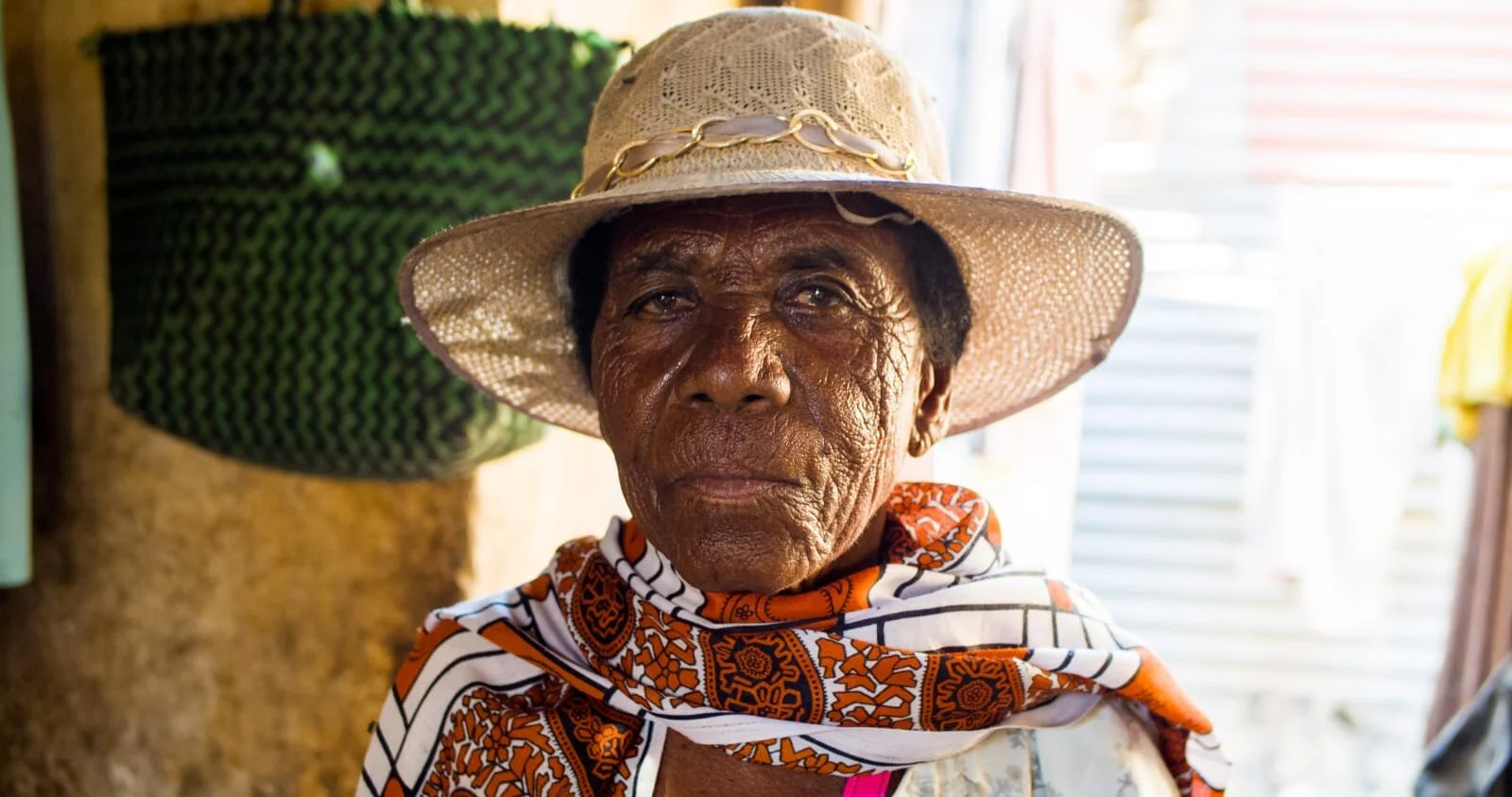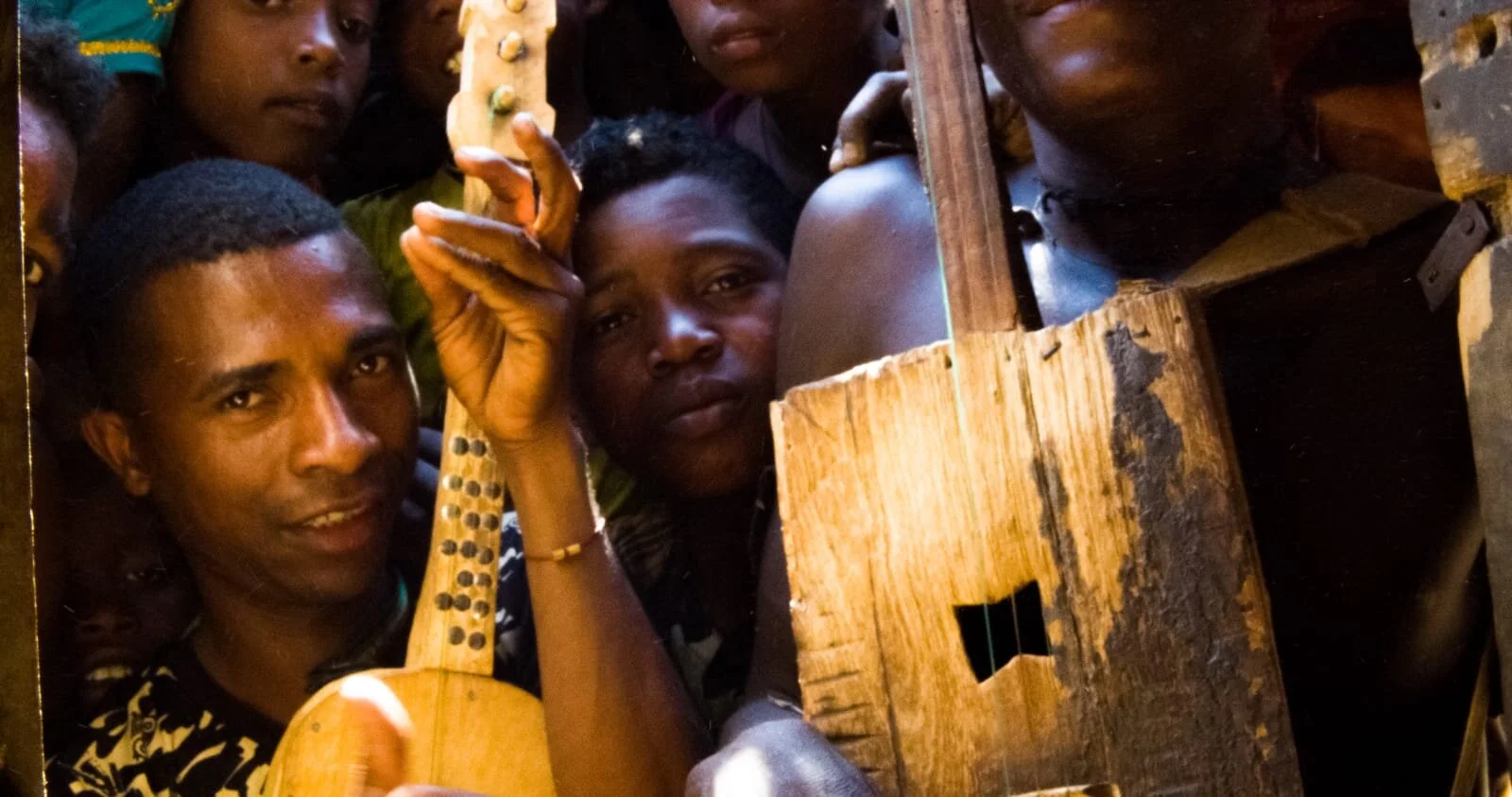vazaha: noun: foreigner, stranger, one who comes from afar.
Trailer
A journey to find and help heal a population of hunter-gatherers that takes the viewer deep into the heart of Madagascar’s spiny forest with an eccentric Italian doctor.
Among the vast landscape of distinct ecosystems, environments, identities and livelihoods that call Madagascar home, there is perhaps one region and group of people which is most often misunderstood.
This “island within an island” is Southwestern Madagascar’s Spiny Forest, and the people that inhabit it are known as Mikea.
They are a nomadic subpopulation of the Sakalava people, along with the seafaring Vezo and pastoral Masikoro.
While they trade amongst each other, the reclusive and self sustaining nature of Mikea has led neighboring populations to associate them with a mythical spirit known as the Hako, and for those living further away in cities to debate the validity of their existence altogether. As a result, the definitions of who, what and where the term Mikea actually refers to is up for debate.
What isn’t up for debate is the endangered nature of the Spiny Forest ecosystem, and the encroaching threats posed against Mikea lifeways — a unique and misinterpreted culture that stands in contrast to the impact of colonial and global forces.
From slash and burn agriculture, charcoal consumption and illegal wood harvesting, the fast pace of deforestation has only increased in recent years. The ethnobotanical value of forest-dwelling Mikea and the ways they utilize their environment is amplified by the fact that roughly 95% of the surrounding flora is found nowhere else on earth.
When I met Mauro — an Italian doctor who makes yearly trips to introduce modern medicine to remote populations in Madagascar — through a mutual friend, I knew little to nothing about the island, much less Mikea and their unique relationship to the harsh, arid ecosystem. Slowly but surely, as photographs, stories and place-names began emerging from Mauro’s past, I realized the “ecological eden” he had experienced firsthand held a unique opportunity to utilize my documentary and filmmaking background unlike any other; to point my lens in the direction of a proud and distinctly different approach to life, and to “document” someplace that is very much on the verge of drastically changing. While I was still unaware of the extent to which the delicate balance is being made increasingly insecure, I was simply too curious not to delve as deep into this far-flung land as I possibly could. It would ultimately be Mauro, Isabella (a close anthropologist friend, and the person who introduced me to Mauro in the first place) and myself that would embark on this journey together.
The reality of Madagascar as one of the poorest and least developed countries in the world is difficult to grasp before arrival. Sure, facts and figures provided by The World Bank can be jaw-dropping — like the fact that nearly half of all children suffer from growth stunting due to malnutrition, or that 87% of the nation lacks access to electricity — but there was no way to prepare for immersion. There are aspects of pollution and poor sanitation in urban areas, and the starkly inconsistent availability of education, health-care and gainful employment in the rural majority of the country that need to be seen to be felt. Still, the function of pity is helpless in the face of such complexity — a truth that is central to the theme of the film.
Mauro’s key to the very heart of an overlooked corner of the country was an opportunity for me — a student of a Global Cultures program at the University of Bologna — to bare witness to a culture and set of circumstances that are seldom seen by outsiders and much less understood. Equipped with an admittedly American perspective by way of Italy, a slew of lenses and a shoulder-mounted run and gun documentary rig, I was ready to dive deep into the unknown; knowing full well that I would be bewildered, misunderstood and exposed to a things I couldn’t predict. Mauro’s efforts to help heal anyone able to journey to the remote hospital was reciprocated with open arms from the community, and the earnest gratitude of hundreds of people with a vast range of injuries, ailments, and infections. It was a sobering sight to arrive after 58 hours of travel to the three dozen or so villagers awaiting a long-overdue consultation with a doctor. As the 93 minute film evolves, it becomes apparent that the tireless effort of two local women — Simonette and Manou — and what they do behind the scenes, with no camera rolling or fundraising, is more notable than any well-meaning outsider could ever match.
By casting light on this unique part of the world, there is an opportunity to humanize, as well as build exposure and empathy regarding the issues that are facing the Spiny Forest, Mikea, their neighbors and Madagascar as a whole.
Being a sort of “world unto itself” and thus a microcosm of deforestation and the impacts of globalization affecting planet Earth in its entirety, it is my hope to draw attention and stimulate thought about what is at stake, and how to contextualize the perspectives and pride of people from vastly different societies. My approach to filming was to abstain from imposing myself on the subjects as much as possible, while remaining fully aware that what I chose to film, my presence, and the presence of the camera would affect the outcome of certain events. As an American with European residence, conscious of the ways that capitalism and colonialism have influenced my life as well as those living on the fringes of a post-colonial landscape, I believe that such cross-cultural interactions are as important as ever, and that a curiosity to connect with other humans is necessary to forge new, more healthy pathways into the future of our shared residence on planet Earth.
Through Mauro’s and my own interactions with the local people — me through a camera, and him from the perspective of a Western Doctor in a largely shamanistic society — I believe that much can be gathered from simply observing what events unfold. Traditional music, spiritual incantations in the private residences of healers, and time-tested hunting and gathering techniques are all laid out for the viewer to take a front row seat in the theater of my own perspective, as an outsider witnessing these things for the first time and with eyes wide open.






